If your tomato plants have enormous flower buds and little or no fruit develops, you should examine them more closely to see if they have the aptly named tomato big bud disease.
While this disease can be a severe problem in subtropical areas of the world, it is less common in the US, and typically is a more minor concern for farmers and home gardeners here.
However, if your plants are infected, it can be a serious problem.
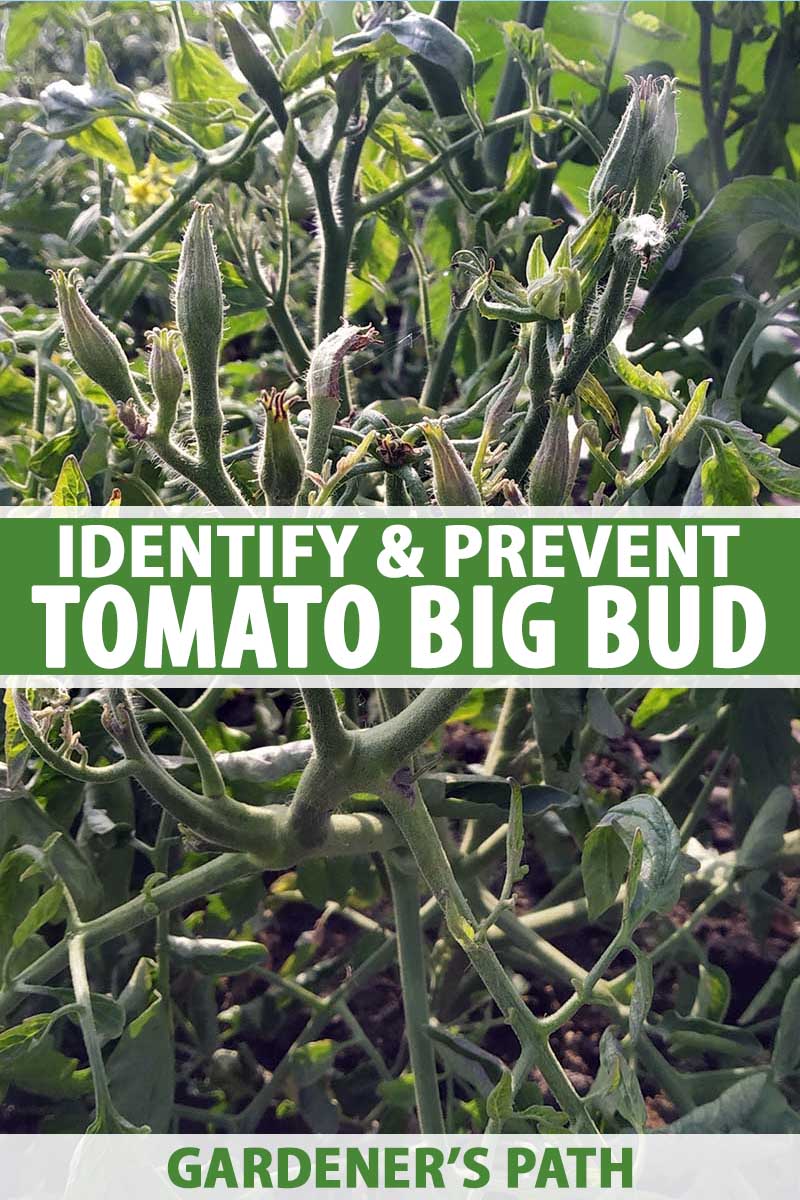
We link to vendors to help you find relevant products. If you buy from one of our links, we may earn a commission.
Read on to learn what to look for and what to do if your tomato plants have big bud disease.
Here’s what I’ll cover:
What You’ll Learn
Scientific Name and Distribution
As COVID-19 tells us, it’s amazing how much damage tiny organisms can do.
In this case, the offending pathogen is known as a phytoplasma – a microscopic organism that is smaller than bacteria.
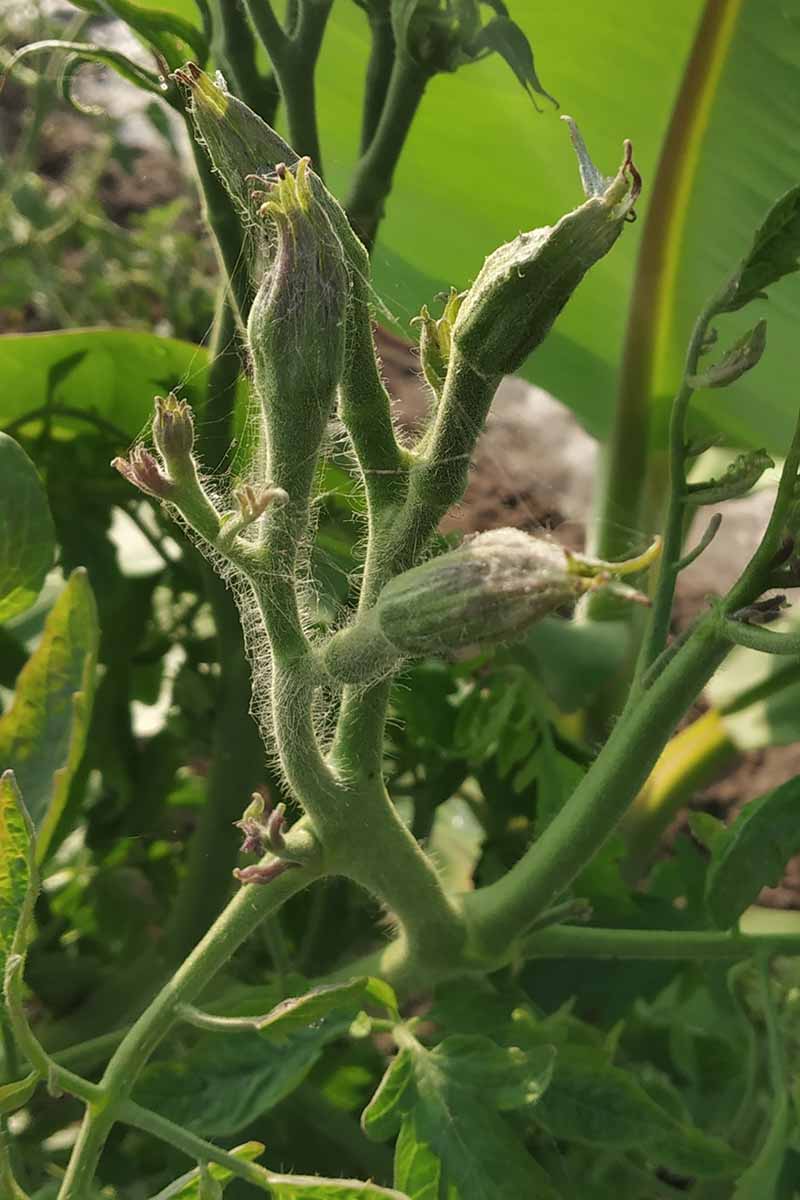
This one is known officially as Candidatus Phytoplasma aurantifolia, and more commonly as tomato big bud (TBB).
Phytoplasmas were previously known as “mycoplasma-like organisms.” They are parasitic in nature, and require a plant or insect host in order to survive.
These pathogens are responsible for a number of different diseases that affect hundreds of plant species, including potato purple top wilt.
Several strains of this organism exist, and the one that plagues plants in the US is known as 16SrII, based on molecular genetic analyses of its ribosomal RNA.
Tomato big bud was first identified in Australia in 1902, from whence it has spread to the US, Brazil, China, India, Pakistan, South Africa, and many of the Pacific Islands.
In 2015, a subgroup of 16SrII was found to affect crops in Tanzania, and as of 2019, it has also been identified in Syria where C. Phytoplasma trifolii was determined to be the cause.
The disease is currently spreading throughout the tropics, and reports of infections in new locations are frequently published in the scientific literature.
Thankfully, it’s not common in the US, although outbreaks have been reported in Fresno County, California, and New York State.
Symptoms
What’s this disease all about? The most noticeable symptom is the swollen flower buds with green, unopened sepals that sometimes develop shoots.
The leaves display symptoms, too. They turn yellowish-green or purple and are curled upwards and small.
If any green fruit develop, they will be tough, hard, woody, and deformed.
Plants that are infected early in the season will develop many branches and side shoots, so they will look bushy.
If these symptoms sound at all like aster yellows, good call! The organism that causes this disease in tomatoes is a close relative of the one that causes that serious disease.
Hosts
Unfortunately, the pathogen that causes this disease is found in a tremendous number of hosts, including many cultivated plants and weeds.
Crops that can be infected with this particular strain include eggplant, sweet potatoes, peppers, Chinese cabbage, and peanuts.
Ornamentals in the Celosia, Polygala, and Crotalaria genera can also be infected.
Plants from the nightshade family frequently harbor TBB. Weeds that can serve as hosts include lamb’s-quarter, dock, and sow thistle.
Spread of the Disease
Were it not for leafhoppers, this disease would not spread far. On its own, TBB typically remains isolated in the infected plants.
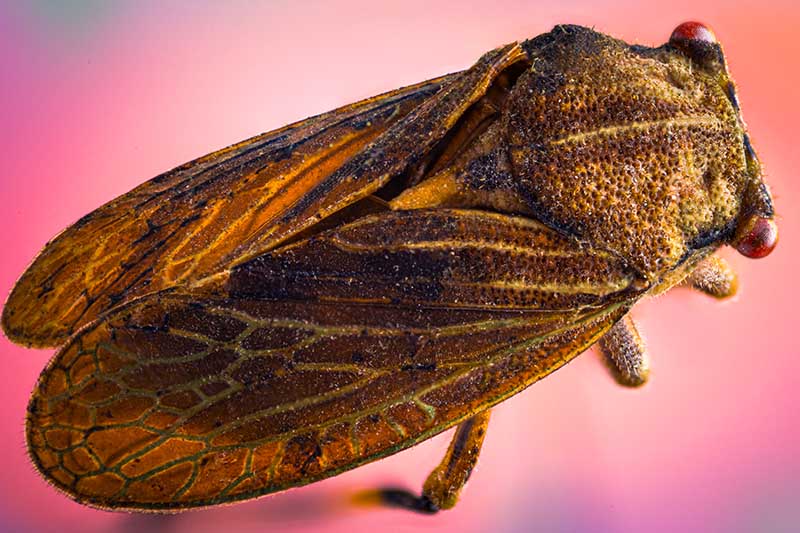
Leafhoppers can cause severe economic damage by transmitting diseases, with Pierce’s disease of grapes being a prime example.
In the case of TBB, the innocuous-sounding brown leafhopper (Orosius argentatus) is the primary culprit, although the beet leafhopper (Circulifer tenellus) is the vector of disease in California.
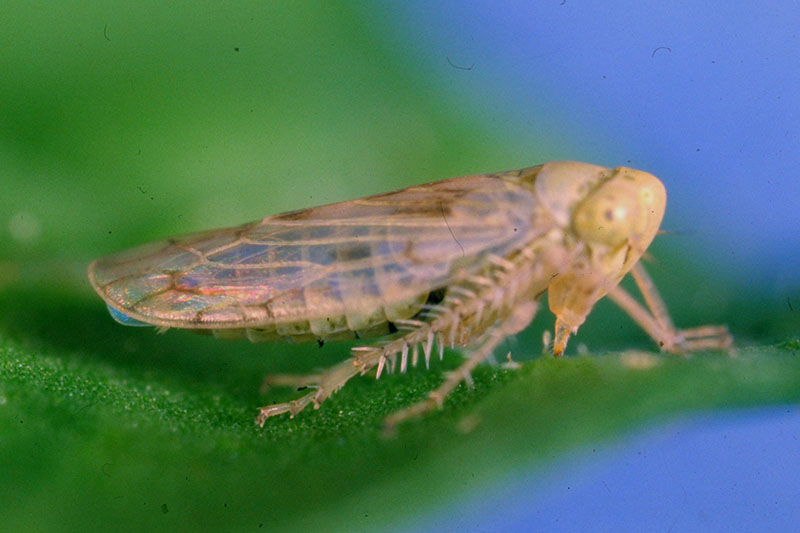
There may be other types of leafhoppers that can transmit TBB as well.
These leafhoppers are major travelers and can move over long distances. That is why New York State can have outbreaks of tomato big bud, according to Tom Zitter of Cornell University.
Management
While there is no surefire way to avoid this disease, there are some steps that you can take.
And the first one is to remove the infected plants and destroy them!
Control Leafhopper Populations
Purging leafhoppers seems like the obvious thing to do, right?
However, whether this is feasible depends on where you live.
If you live in a temperate area like New York State, treating the leafhoppers with insecticide may provide some control.
However, experts advise against even trying to control the leafhoppers if you live in a warmer area like the South.
The pests will fly in and infect your plants before the insecticide affects them.
Fast-acting insecticides such as pyrethrins or azadirachtin can be effective against adult leafhoppers.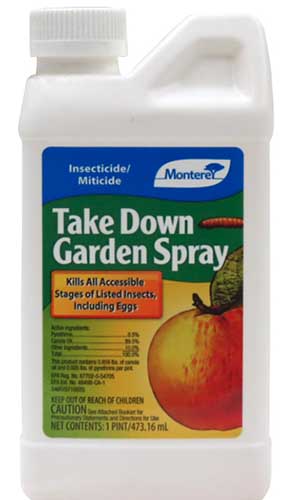
You can find a Take Down Garden Spray, a pyrethrin-based insecticide, available at Arbico Organics.
You should also encourage beneficial insects to come into your garden, or you might consider purchasing assassin bugs, green lacewings, or ladybugs.
These predatory insects will consume the eggs, nymphs, and adult leafhoppers, and help to keep their populations down.
A variety of different predatory insects are available to purchase at Arbico Organics.
Cultural Controls
Scout your garden before you plant your tomatoes. Remove any volunteer tomato plants that may have popped up in your compost pile.
Pull any weeds, focusing in particular on removing any in the nightshade family.
Raise your seedlings under a floating row cover.
Avoid planting next to other crops like eggplant that can be infected.
At the end of the season, collect your tomato plants and either bury or burn them.
Large Tomato Buds Can Be Problematic
Excessively large green buds on your plants can indicate that they are infected with tomato big bud.
This disease is spread by common insects known as leafhoppers, and there is not much you can do if your plants are infected.
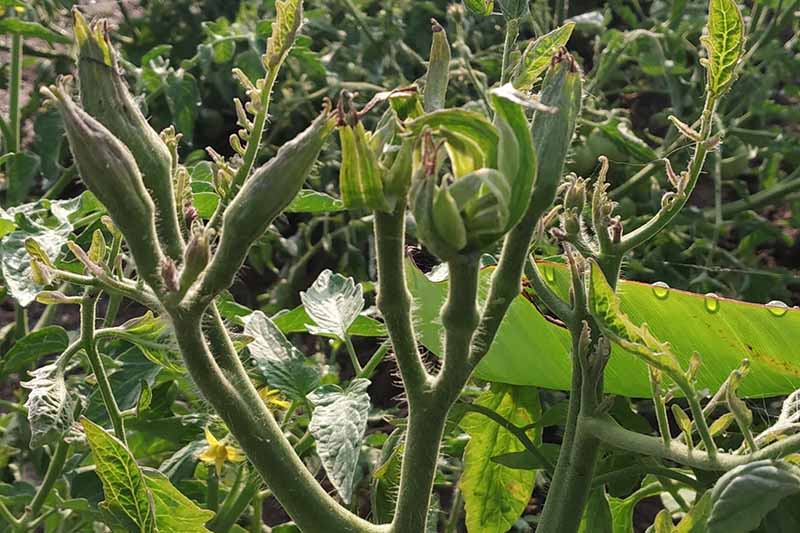
Prevention is the best bet – especially by ridding your garden of nightshade weeds that can serve as hosts.
Fortunately, this disease is uncommon in the US. It is primarily a subtropical problem.
However, keep your eyes peeled for strange looking plants, and take action if you see them!
To learn more about common tomato diseases, check out the following guides next:
- Identify and Treat Septoria Leaf Spot
- How to Identify and Prevent Catfacing of Tomatoes
- How to Prevent and Treat Early Blight of Tomatoes
- Blossom-End Rot: What to Do if Your Tomatoes Rot on the Bottom
© Ask the Experts, LLC. ALL RIGHTS RESERVED. See our TOS for more details. Product photos via Arbico Organics. Uncredited photos: Shutterstock With additional writing and editing by Clare Groom and Allison Sidhu.
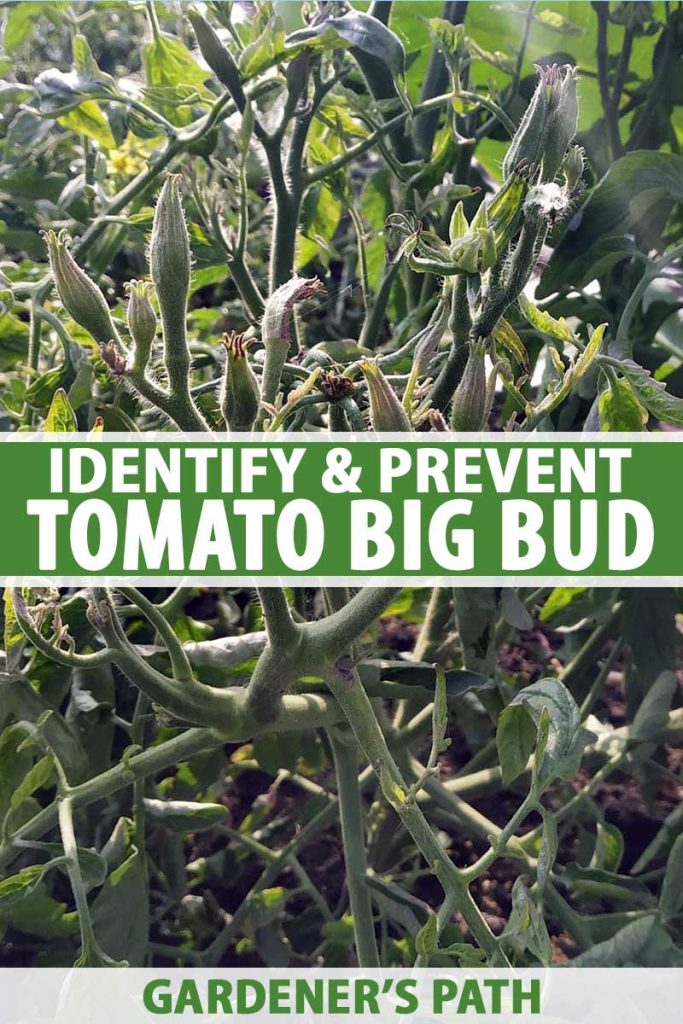
Can you post more photos of the other symptoms? What does “green, unopened sepals that sometimes develop shoots” look like vs a healthy flower
Hi Katie, a healthy flower will have green sepals (those thick, pointy leaf-like growths on the exterior) surrounding or at the base of a yellow flower. But a tomato with big bud will have sepals that look sort of fused together and you won’t see much, if any, flower inside. From the end of the sepal cluster, you might see little green or brown growths coming out. If you look at the last photo in this guide, you can see a pretty good view of these unopened sepals with shoots.